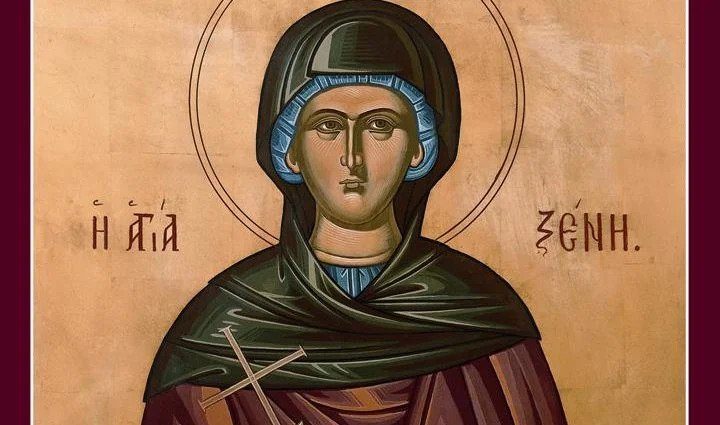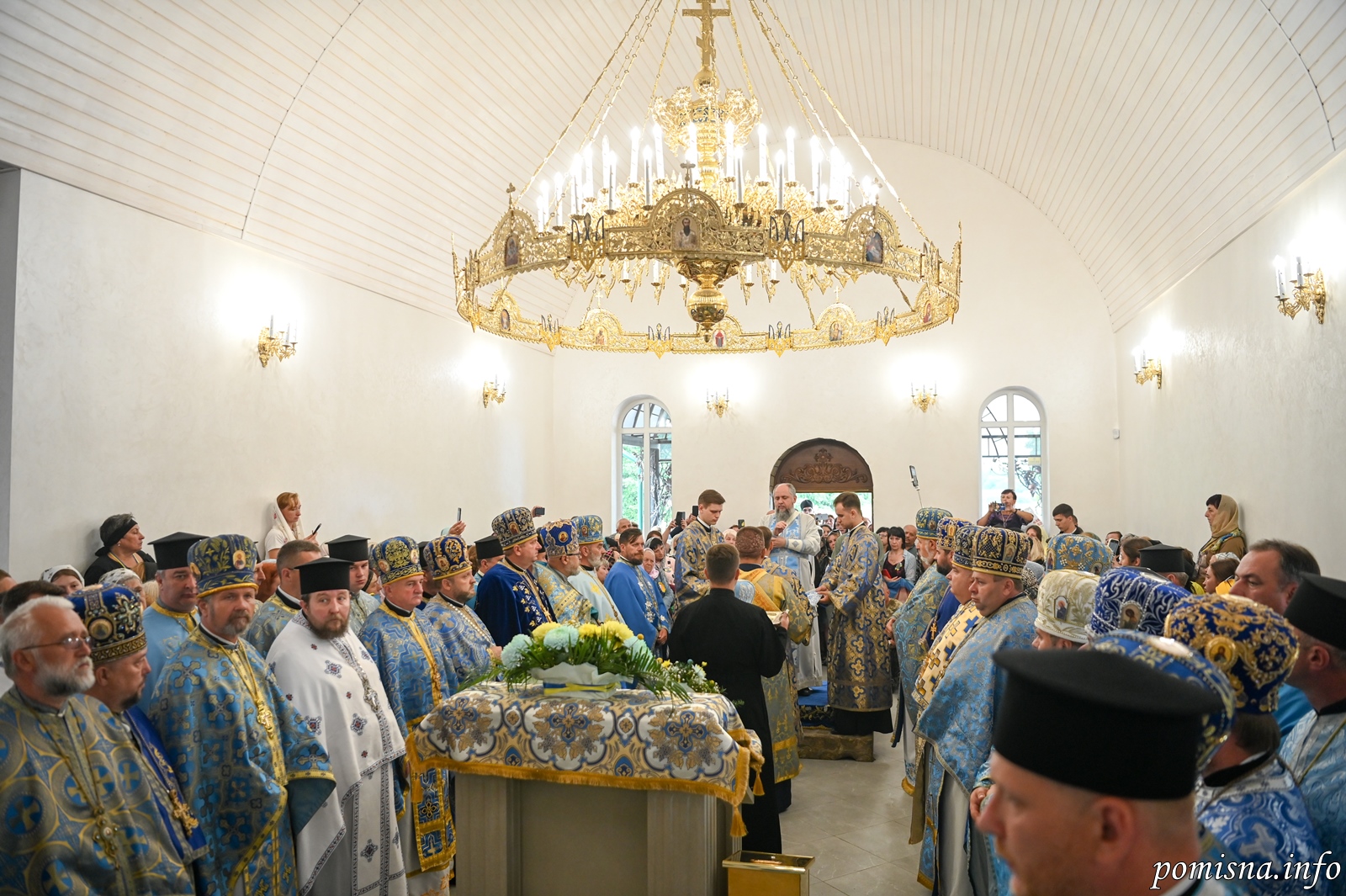Venerable Xenia of Rome (24 January)


Saint Xenia of Rome, in the world Eusebia, was the only daughter of an eminent Roman senator. From her youth she loved God, and wished to avoid the marriage arranged for her. She secretly left her parental home with two servants devoted to her, and set sail upon a ship. Through the Providence of God she met the head of the monastery of the holy Apostle Andrew in Milassa, a town of Caria (Asia Minor). She besought him to take her and her companions to Milassa. She also changed her name, calling herself Xenia [which means “stranger” or “foreigner” in Greek].
At Milassa she bought land, built a church dedicated to Saint Stephen, and founded a woman’s monastery. Soon after this, Bishop Paul of Milassa made Xenia a deaconess, because of her virtuous life. The saint helped everyone: for the destitute, she was a benefactress; for the grief-stricken, a comforter; for sinners, a guide to repentance. She possessed a deep humility, accounting herself the worst and most sinful of all.
In her ascetic deeds she was guided by the counsels of the Palestinian ascetic, Saint Euthymius. The sublime life of Saint Xenia drew many souls to Christ. The holy virgin died in 450 while she was praying. During her funeral, a luminous wreath of stars surrounding a radiant cross appeared over the monastery in the heavens. This sign accompanied the body of the saint when it was carried into the city, and remained until the saint’s burial. Many of the sick received healing after touching the relics of the saint.
Following the death of Saint Xenia, first one of her former servants died, then the other. They were buried at the saint’s feet.
Our righteous Mother Xenia of Rome was of a distinguished family. While her parents were preparing to wed her, she stole away secretly, taking two handmaids with her, and departed for Mylasa of Karia in Asia Minor, and there she completed her life in asceticism. She was ordained deaconess by Paul, her spiritual father, who became Bishop of Mylasa. Although she was originally named Eusebia, to conceal her identity, she took the name Xenia – which means “stranger” in Greek – because of her estrangement from her country.
Xenia was born in Rome, the only daughter of a prominent senator. Drawn by love for Christ, she refused to enter into marriage as her parents wished. To avoid it, she secretly fled her home with two of her slaves, and arrived on the Island of Kos, at a place called Mylassa. There she founded a convent for virgins, where she lived an ascetic life until her death. Even though she was a frail woman, she possessed a steadfast endurance in fasting, prayer and all-night vigils. She often stood all night in prayer. She was dressed more poorly than all the other sisters, and she often sprinkled the bread she ate with ashes from the censer. At the time of her death (450 A.D.), a wonderful sign appeared over the virgins’ convent: a wreath of stars with a cross in the center, brighter than the sun. Many who were sick received healing from her relics. Her female slaves [who became tonsured nuns] continued in the example of their abbess. When they reposed, they were buried, according to their wish, at the feet of Blessed Xenia.
Apolytikion of Xenia, Deaconess of Rome
Plagal of the Fourth Tone
The image of God, was faithfully preserved in you, O Mother. For you took up the Cross and followed Christ. By Your actions you taught us to look beyond the flesh for it passes, rather to be concerned about the soul which is immortal. Wherefore, O Holy Xenia, your soul rejoices with the angels.
Kontakion of Xenia, Deaconess of Rome
Plagal of the Fourth Tone
Celebrating the memorial of thy life which thou didst live as a stranger, O Xenia, and honoring thee with love, we praise Christ Who gave thee the power to grant healings to all. Ever pray to Him for us all.
Source: oca.org / goarch.org / westserbdio.org




